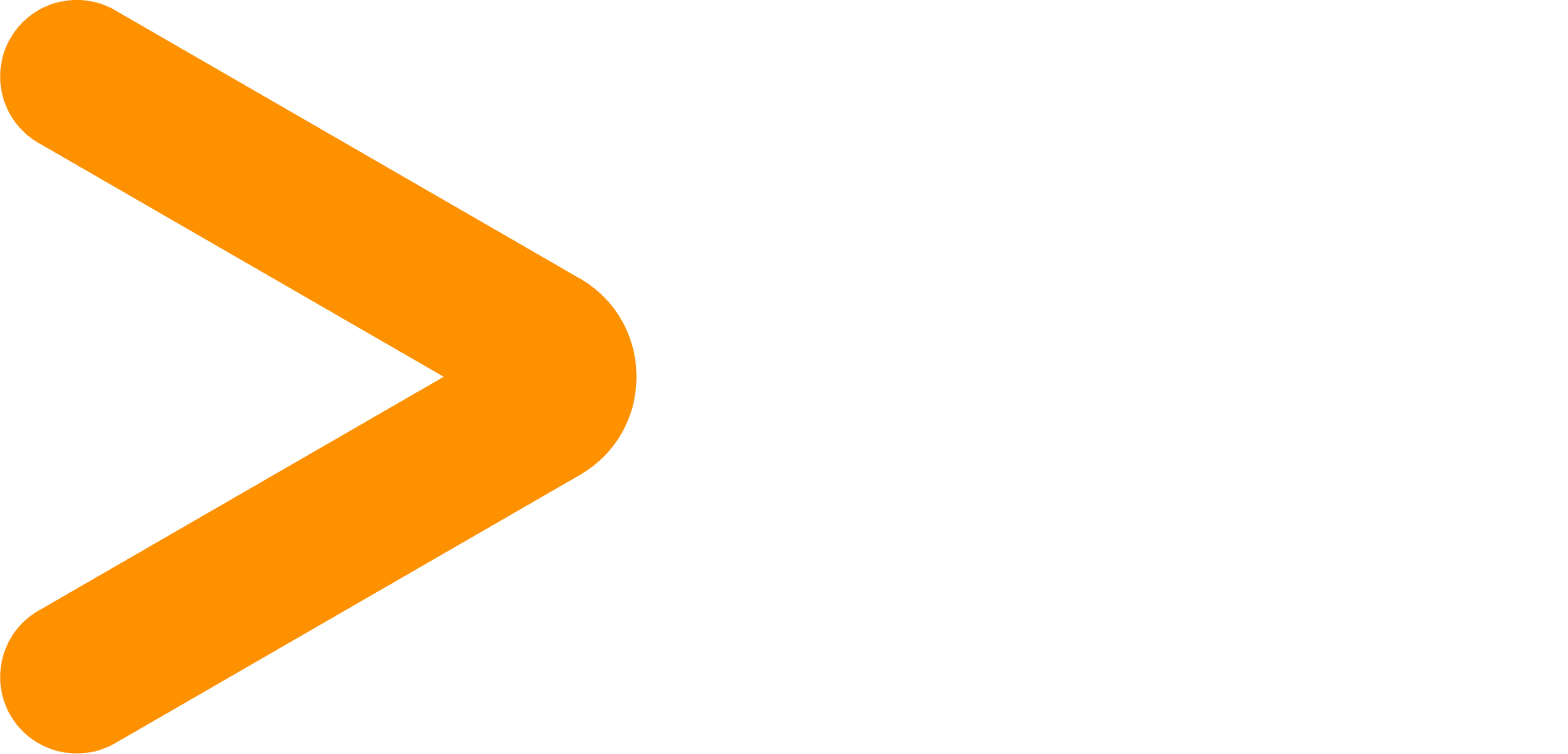The School Leader’s Guide to AI Strategy: Beyond the Hype
A practical framework for developing education-specific AI strategy that drives real school improvement
The conversation around AI in education has reached a critical juncture. While headlines promise revolutionary transformation, school leaders are grappling with a more nuanced reality: How do we move beyond AI hype to develop strategic implementation that genuinely serves our educational mission?
Recent research indicates that 73% of UK schools have experimented with AI tools, yet only 23% have developed formal AI strategies. This gap between experimentation and strategic implementation creates both opportunity and risk for forward-thinking school leaders.
This guide provides a practical framework for developing education-specific AI strategy that aligns with your school improvement priorities and delivers measurable educational outcomes.
The Current State of AI in UK Schools
Before diving into strategy development, it’s essential to understand where the education sector stands with AI adoption:
Current Reality:
- 68% of teaching staff have used ChatGPT or similar tools informally.
- Only 31% of schools have completed GDPR assessments for AI usage.
- 45% of school leaders report feeling “unprepared” for strategic AI decisions.
- Average time savings of 6-8 hours per week reported by AI-using staff.
The Strategic Gap: Most schools are experiencing what we call “tactical AI adoption” – individual staff members using consumer AI tools to solve immediate problems. While this demonstrates initiative, it creates compliance risks and missed opportunities for systematic improvement.
Strategic AI implementation, by contrast, involves deliberate integration of AI capabilities that amplify your school’s existing strengths whilst addressing specific improvement priorities.
Framework for Education-Specific AI Strategy
Phase 1: Strategic Foundation Assessment
1.1 Current State Analysis
Begin by conducting a comprehensive audit of your school’s AI readiness across four dimensions:
Governance Readiness:
- Do we have clear decision-making structures for technology adoption?
- Who owns AI strategy development and implementation oversight?
- What approval processes exist for new educational technology?
Compliance Readiness:
- Have we completed Data Protection Impact Assessments for current AI usage?
- Do our existing policies address AI-specific considerations?
- What training have staff received on GDPR-compliant AI usage?
Operational Readiness:
- Where are our biggest administrative efficiency challenges?
- Which routine tasks consume disproportionate leadership time?
- What communication consistency challenges do we face?
Cultural Readiness:
- How do staff currently respond to new technology implementations?
- What concerns exist about AI in educational settings?
- Who are our natural change champions and early adopters?
1.2 Vision Alignment
Effective AI strategy begins with clarity about how artificial intelligence serves your school’s fundamental mission. Ask:
- What educational outcomes do we want AI to enhance?
- How can AI amplify our existing strengths rather than replace them?
- What values must remain central regardless of technological change?
Phase 2: Strategic Priority Mapping
2.1 The Education-Specific AI Strategy Canvas
Unlike business AI strategies focused primarily on efficiency and cost reduction, educational AI strategy must balance multiple objectives:
Educational Excellence:
- How can AI support better learning outcomes?
- Where can AI enhance teacher effectiveness?
- What personalisation opportunities exist?
Operational Excellence:
- Which administrative processes create unnecessary workload?
- Where do communication inconsistencies impact school effectiveness?
- What compliance requirements could benefit from systematic support?
Strategic Excellence:
- How can AI support better decision-making?
- Where can data insights improve school improvement planning?
- What competitive advantages might AI implementation provide?
2.2 Priority Framework Development
Use this framework to evaluate potential AI initiatives:
Impact Assessment:
- High Impact/Low Complexity: Quick wins for early momentum
- High Impact/High Complexity: Strategic initiatives requiring managed implementation
- Low Impact/Low Complexity: Nice-to-have features for later consideration
- Low Impact/High Complexity: Generally avoid unless specific strategic rationale exists
Educational Alignment:
- Does this initiative directly support teaching and learning?
- Will this reduce administrative burden on educational staff?
- How does this enhance rather than complicate existing workflows?
Phase 3: Implementation Strategy Design
3.1 Phased Approach Planning
Successful educational AI implementation follows a structured progression:
Phase A: Foundation Building (Months 1-3)
- Governance structure establishment.
- Policy development and approval.
- Compliance documentation completion.
- Staff awareness and training initiation.
Phase B: Pilot Implementation (Months 4-6)
- Limited rollout to enthusiastic early adopters.
- Specific use case focus with clear success metrics.
- Regular feedback collection and strategy refinement.
- Change management support and resistance addressing.
Phase C: Scaled Adoption (Months 7-12)
- Broader staff rollout with ongoing support.
- Integration with existing school systems and processes.
- Advanced training for power users and champions.
- Continuous improvement based on usage data and feedback.
3.2 Success Metrics Definition
Educational AI success requires metrics beyond simple efficiency gains:
Quantitative Measures:
- Time savings per staff member per week.
- Reduction in routine administrative tasks.
- Improvement in communication consistency.
- Staff satisfaction with workload management.
Qualitative Measures:
- Enhanced focus on teaching and learning activities.
- Improved staff confidence with technology.
- Better alignment between communications and school values.
- Increased capacity for strategic initiatives.
Aligning AI with School Improvement Plans
Integration with Existing Frameworks
Your AI strategy should seamlessly integrate with established school improvement processes rather than creating parallel initiatives.
School Development Plan Integration:
Most schools already have robust improvement planning frameworks. AI initiatives should support these existing priorities:
If your SDP focuses on Teaching Quality:
- AI can reduce marking and administrative burden, creating more time for lesson planning and pupil interaction.
- Consistent communication tools ensure educational messaging aligns with improvement goals.
- Data analysis capabilities support evidence-based teaching improvements.
If your SDP prioritises Student Outcomes:
- AI-enhanced reporting provides more detailed progress tracking.
- Personalised communication with parents supports home-school partnerships.
- Administrative efficiency allows more resources to focus on direct student support.
If your SDP emphasises Leadership Development:
- AI tools can amplify leadership messaging across the entire school community.
- Strategic planning support helps leaders focus on vision rather than administration.
- Consistent policy implementation becomes more achievable with AI assistance.
Governance Integration
Governor Reporting: Present AI initiatives within your existing governor reporting structure. Frame AI adoption as supporting established strategic priorities rather than introducing new complexity.
Sample Governor Report Integration: “Our AI implementation directly supports Strategic Priority 2 (Operational Excellence) by reducing administrative workload by an average of 8 hours per staff member per week, allowing increased focus on teaching and learning activities as outlined in our School Development Plan.”
Risk Management: Address AI risks within your existing risk management framework:
- Data Protection: How AI usage aligns with existing GDPR processes.
- Educational Standards: How AI maintains or enhances educational quality.
- Financial: Budget implications and ROI projections.
- Operational: Change management and staff training requirements.
Implementation Strategy
Month 1-2: Foundation Building
- Established AI governance within existing Senior Leadership Team structure.
- Completed comprehensive GDPR assessment with education-specific focus.
- Developed AI usage policies aligned with existing technology and safeguarding policies.
Month 3-4: Pilot Implementation
- Started with senior leadership team using AI for routine communication tasks.
- Focused on three specific use cases: parent communications, staff briefings, and policy documents.
- Implemented feedback loops for continuous improvement.
Month 5-6: Gradual Expansion
- Extended access to department heads and key administrative staff.
- Provided targeted training based on specific job roles and responsibilities.
- Maintained focus on supporting existing processes rather than replacing them.
Practical Next Steps for School Leaders
Immediate Actions (This Month)
1. Conduct Strategic AI Readiness Assessment Use the framework provided above to evaluate your school’s current position across governance, compliance, operational, and cultural dimensions.
2. Audit Current AI Usage Survey staff to understand what AI tools are currently being used and identify potential compliance or strategic alignment issues.
3. Map AI Opportunities to School Improvement Priorities Review your existing School Development Plan and identify where AI could support current strategic initiatives.
Short-term Planning (Next Quarter)
1. Develop AI Governance Structure Establish clear decision-making processes for AI adoption that integrate with existing leadership structures.
2. Complete Compliance Documentation Work with your DPO to complete Data Protection Impact Assessments for planned AI usage.
3. Create Staff Engagement Plan Develop communication and training strategies that address concerns whilst building excitement about AI possibilities.
Medium-term Implementation (Next Academic Year)
1. Pilot Strategic AI Initiative Select one high-impact, low-complexity use case for initial implementation and learning.
2. Measure and Refine Establish baseline metrics and regular review processes to track progress and adjust strategy.
3. Scale Successful Approaches Expand AI usage based on proven successes while maintaining focus on educational outcomes.
Strategic Considerations for Success
Avoiding Common Pitfalls
Technology-First Thinking: Many schools begin with exciting AI features rather than strategic needs. Always start with educational priorities and work toward technology solutions.
Underestimating Change Management: AI adoption requires significant cultural change. Budget time and resources for staff training, communication, and support.
Compliance as Afterthought: GDPR and safeguarding requirements must be addressed from day one, not retrofitted after implementation.
Isolated Implementation: AI works best when integrated with existing school systems and processes rather than operating in isolation.
Building Long-term Success
Continuous Learning Culture: AI technology evolves rapidly. Establish processes for ongoing learning and strategy adjustment.
Student and Parent Communication: Develop clear communication about how AI supports educational excellence rather than replacing human judgment.
Staff Development Investment: Ongoing training and support are essential for sustained adoption and value realisation.
Strategic Partnership Approach: Consider whether your school has the expertise and capacity for independent AI implementation or would benefit from strategic partnership support.
Ready to Develop Your School’s AI Strategy?
Strategic AI implementation requires expertise, careful planning, and ongoing support. If you’re ready to move beyond experimental AI usage toward strategic implementation, consider whether your school would benefit from guided support through this transformation.
[Discover your school’s ideal AI implementation approach with our Strategic Readiness Assessment →]
About AskArk: We specialise in strategic AI implementation partnerships with UK schools, providing education-specific AI tools, compliance support, and managed implementation that respects your academic calendar and school culture. Our closed AI model ensures complete GDPR compliance whilst our education expertise ensures AI truly serves your school’s mission.












